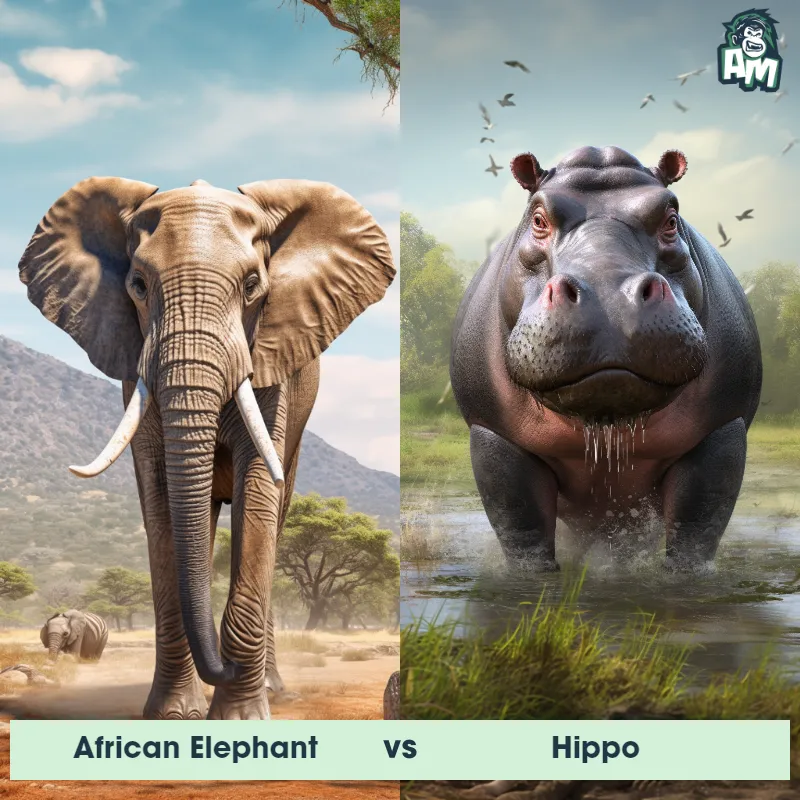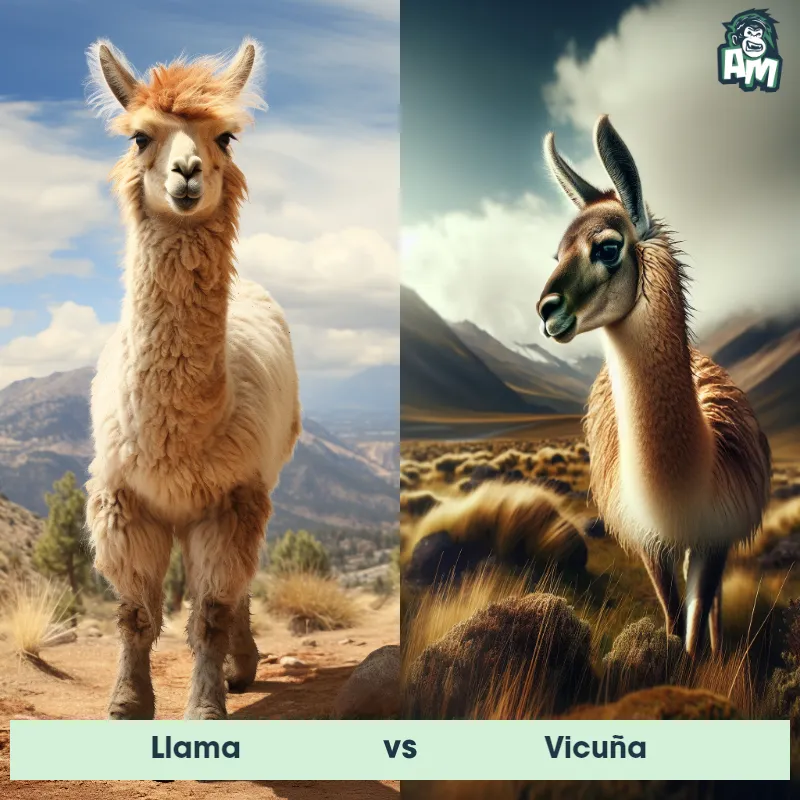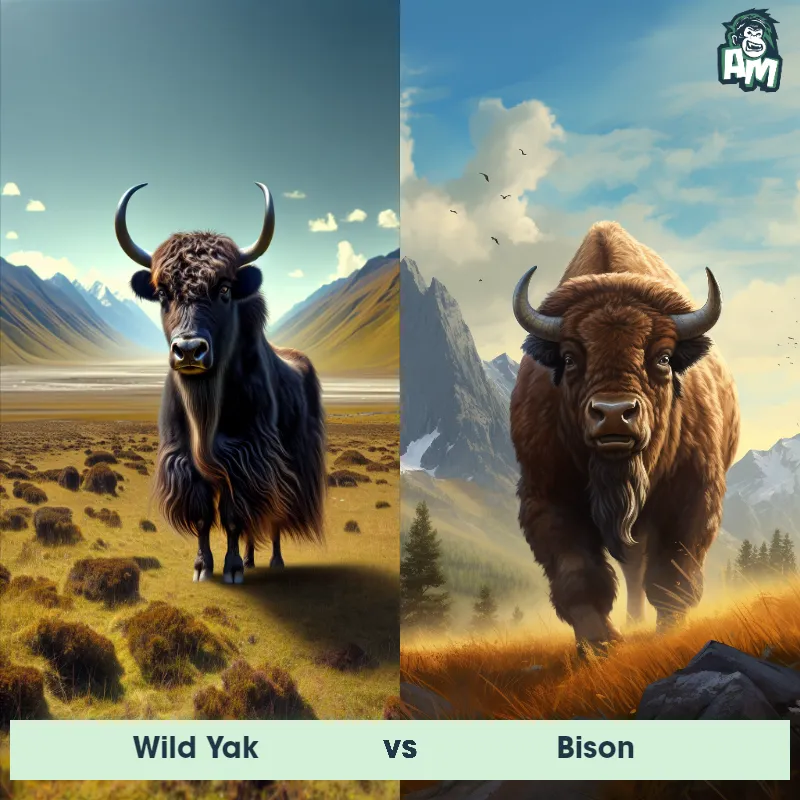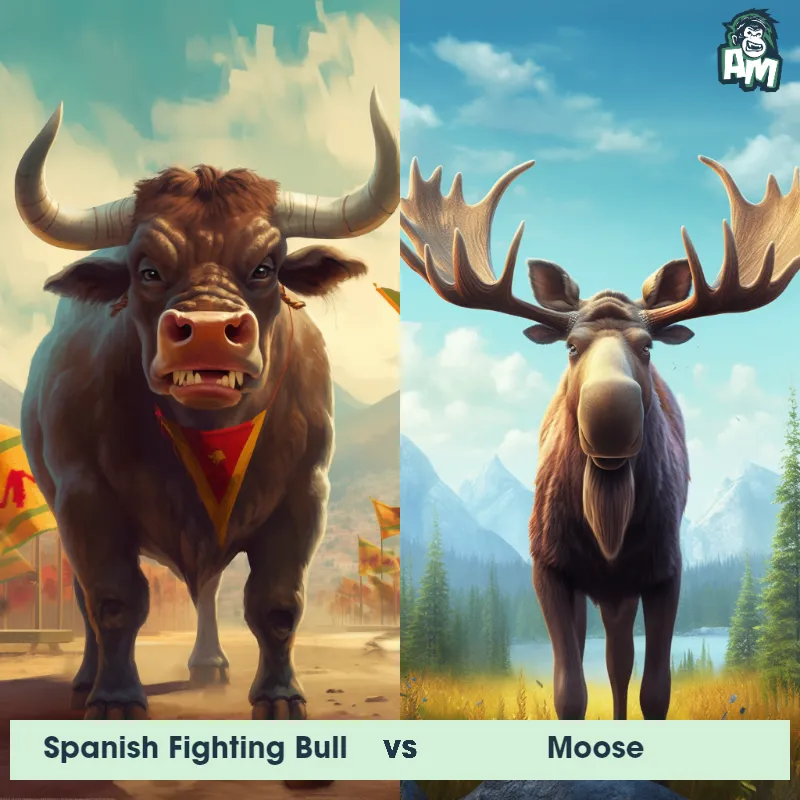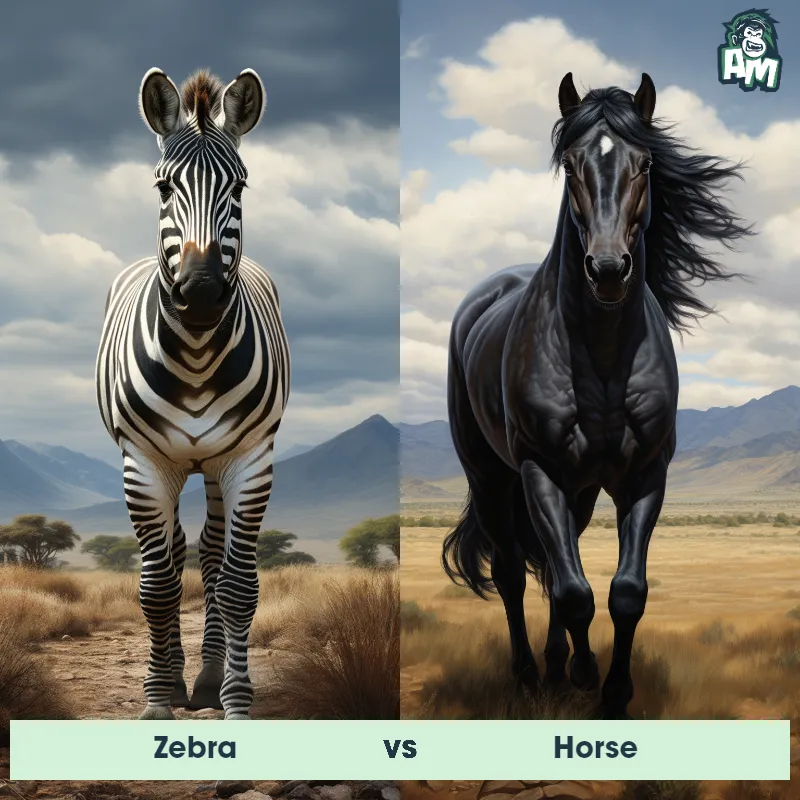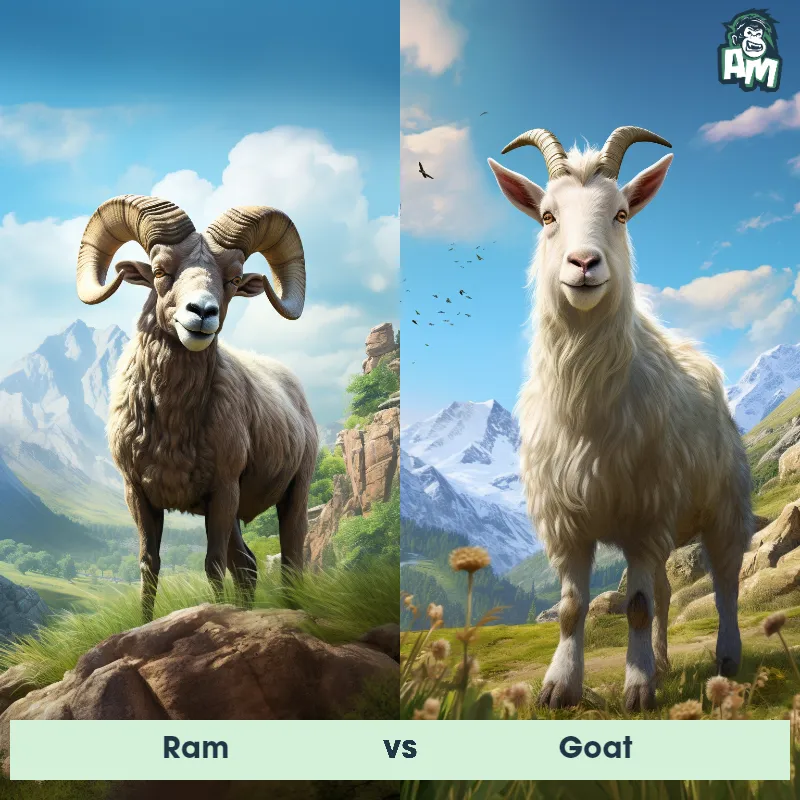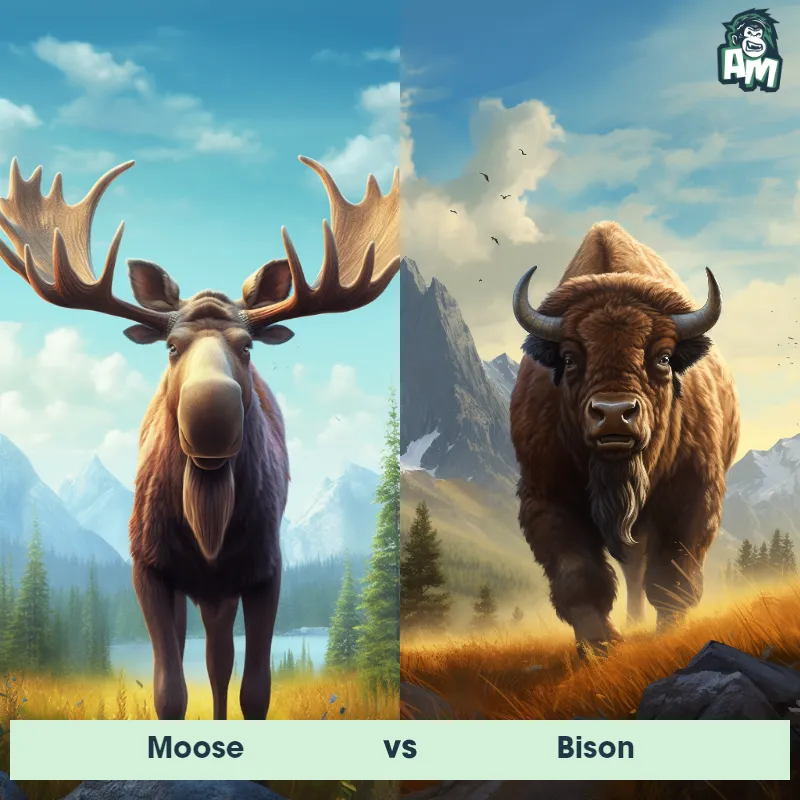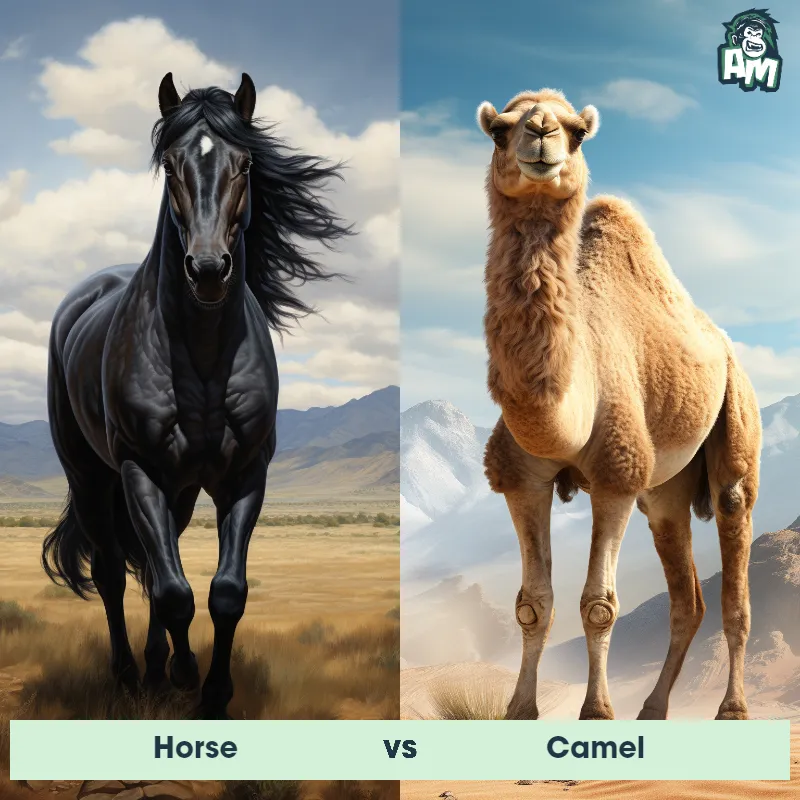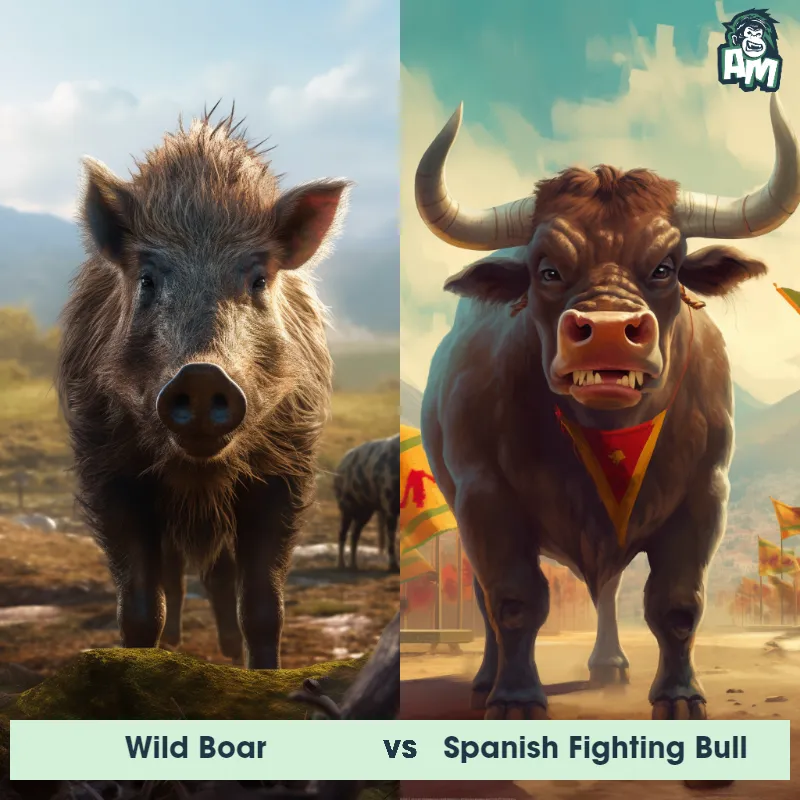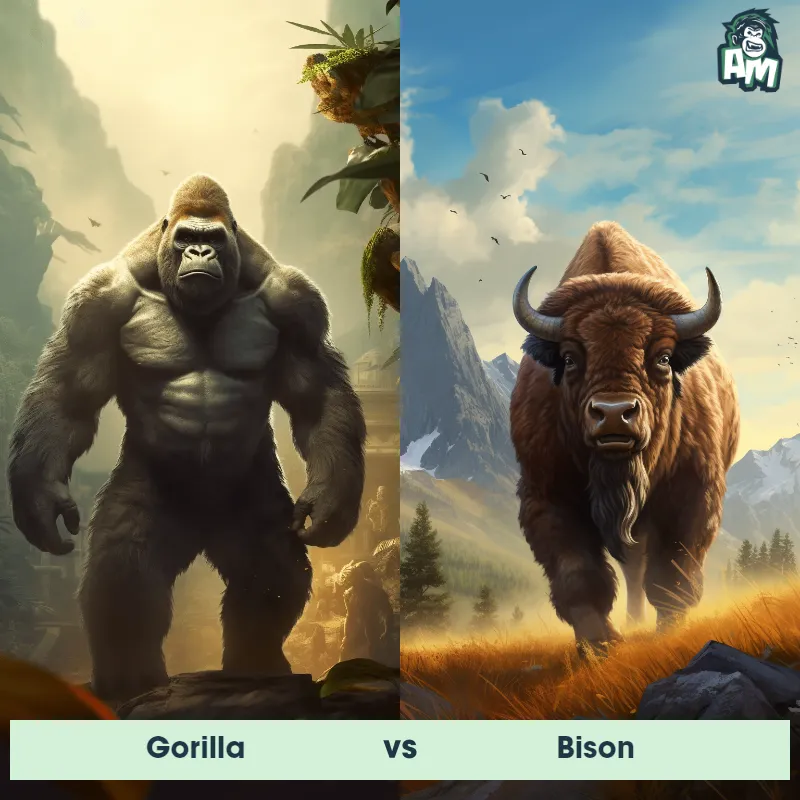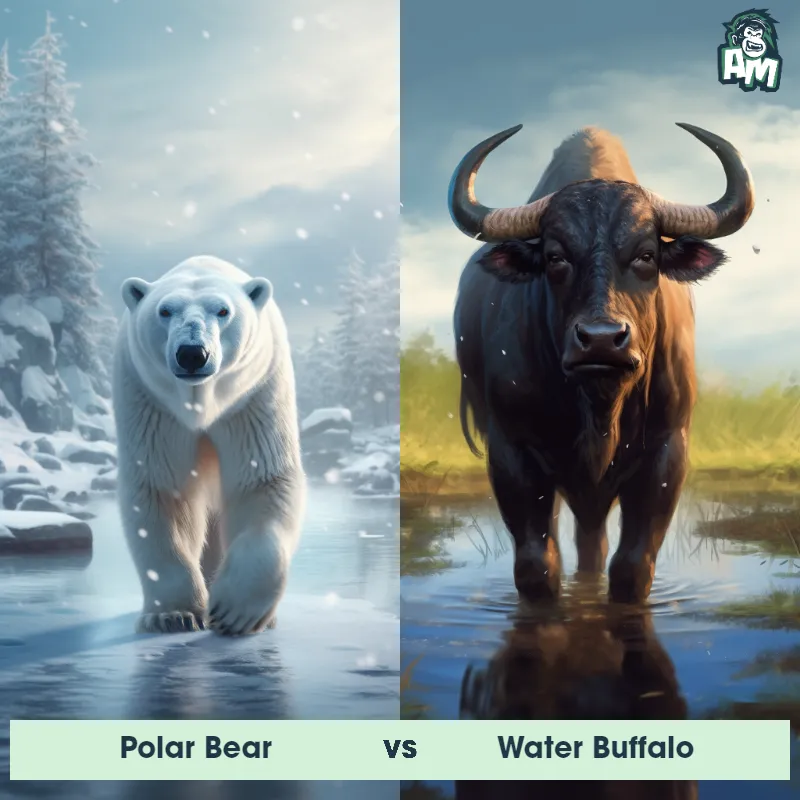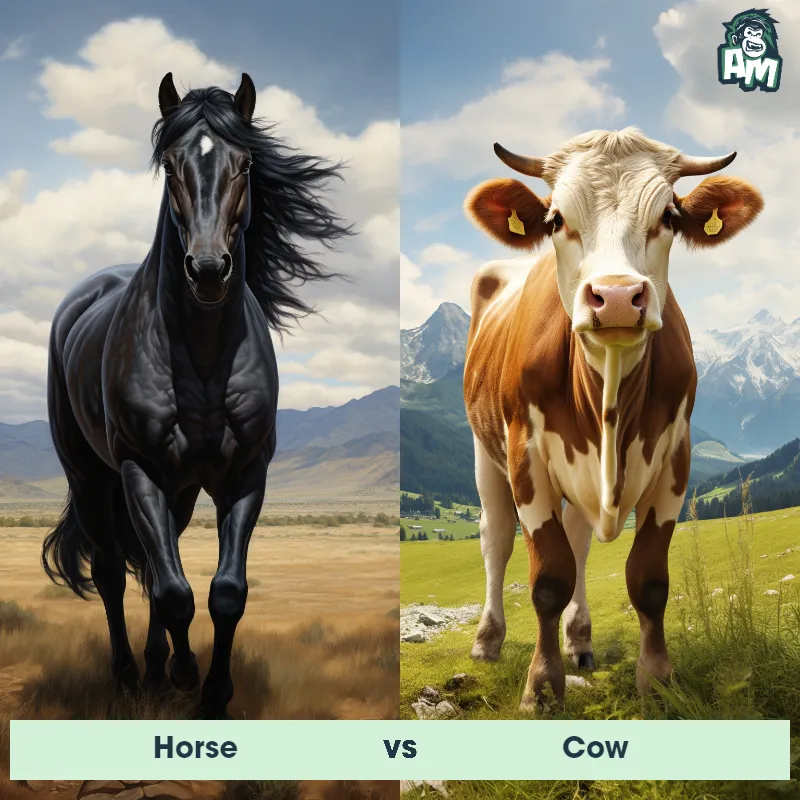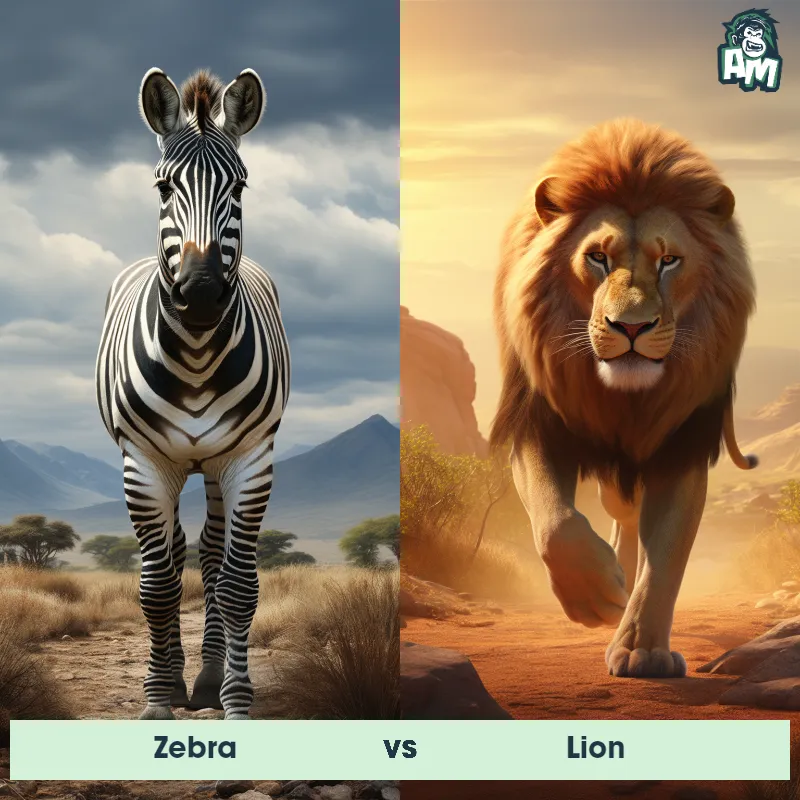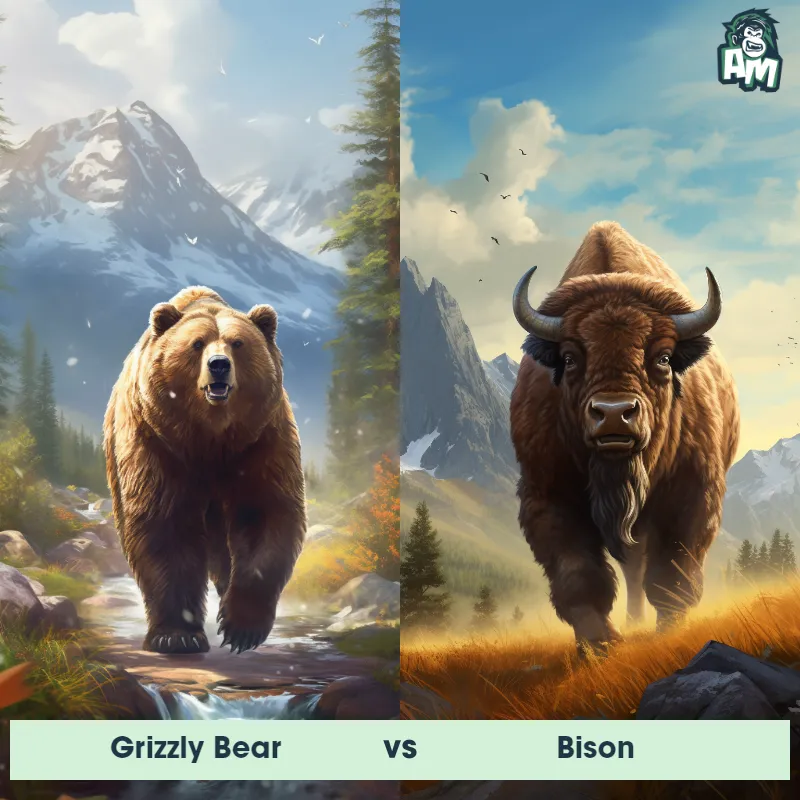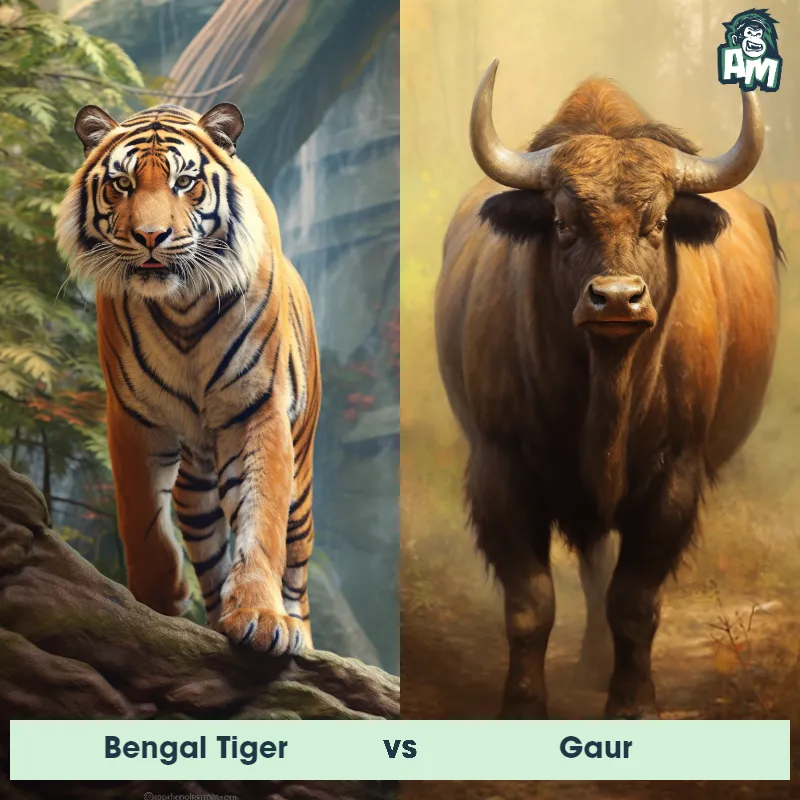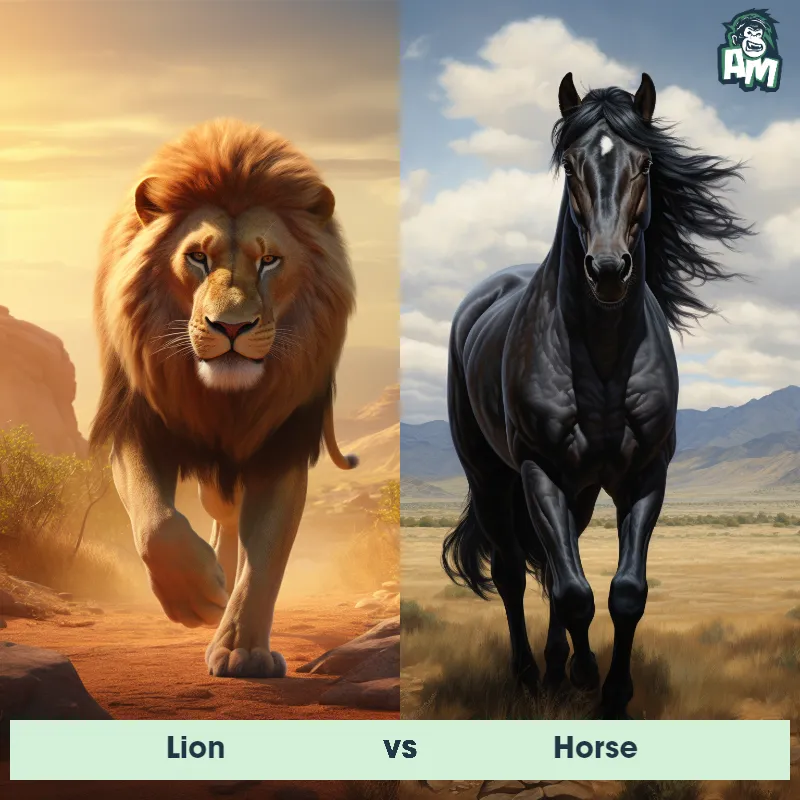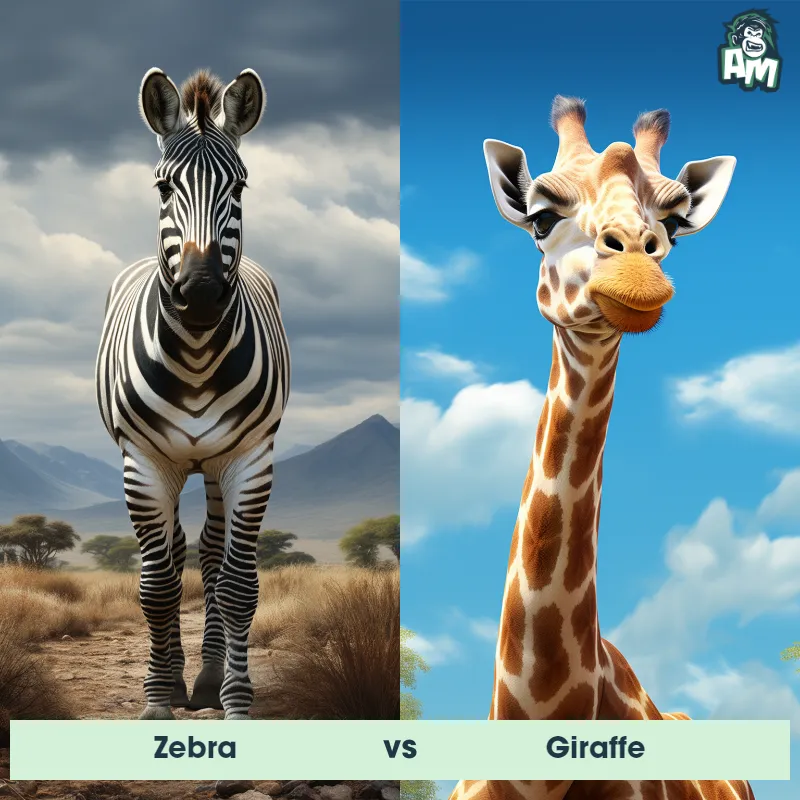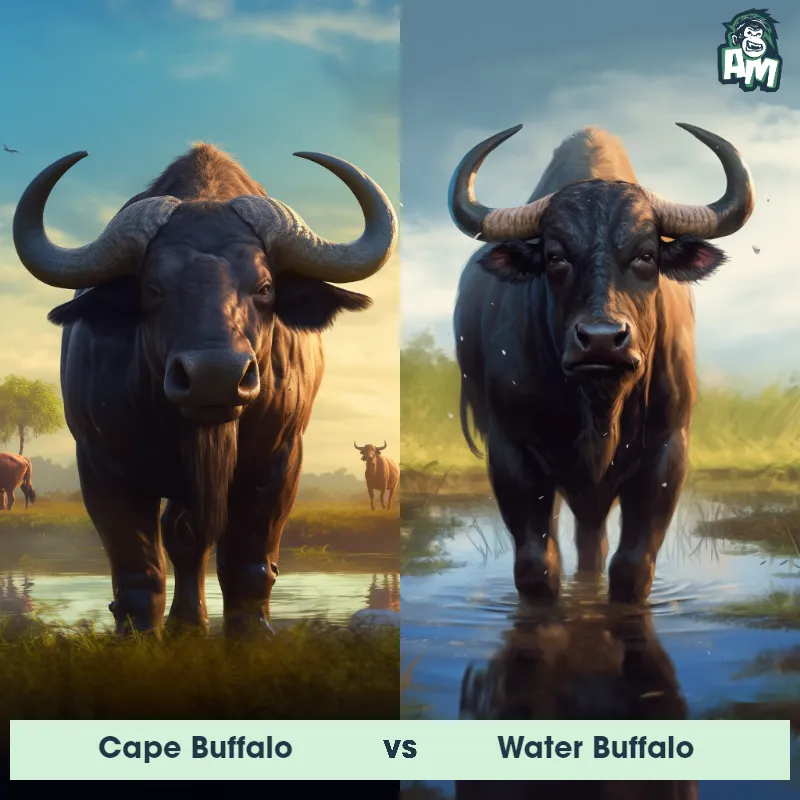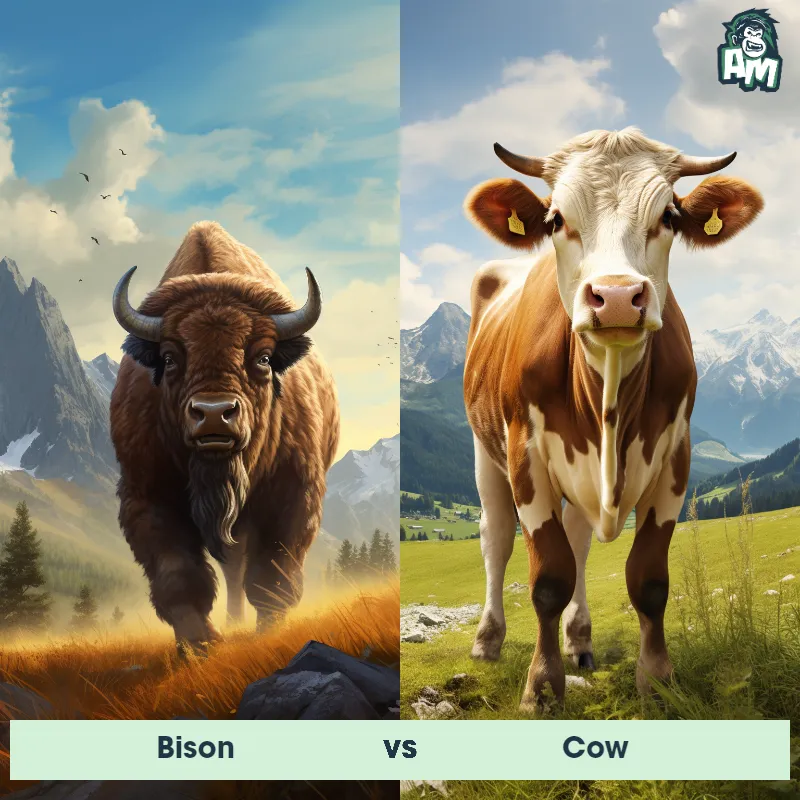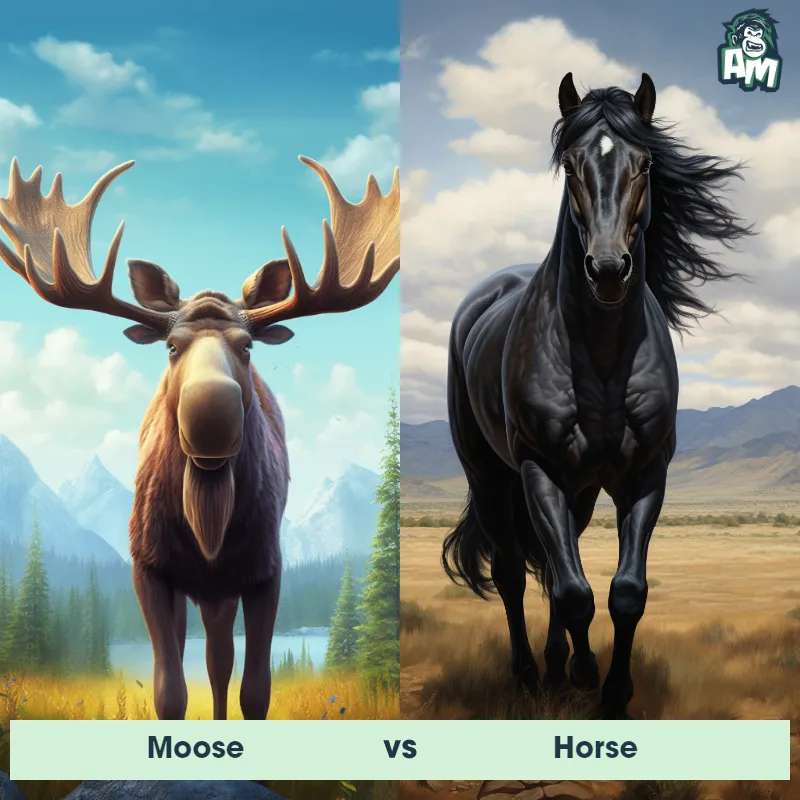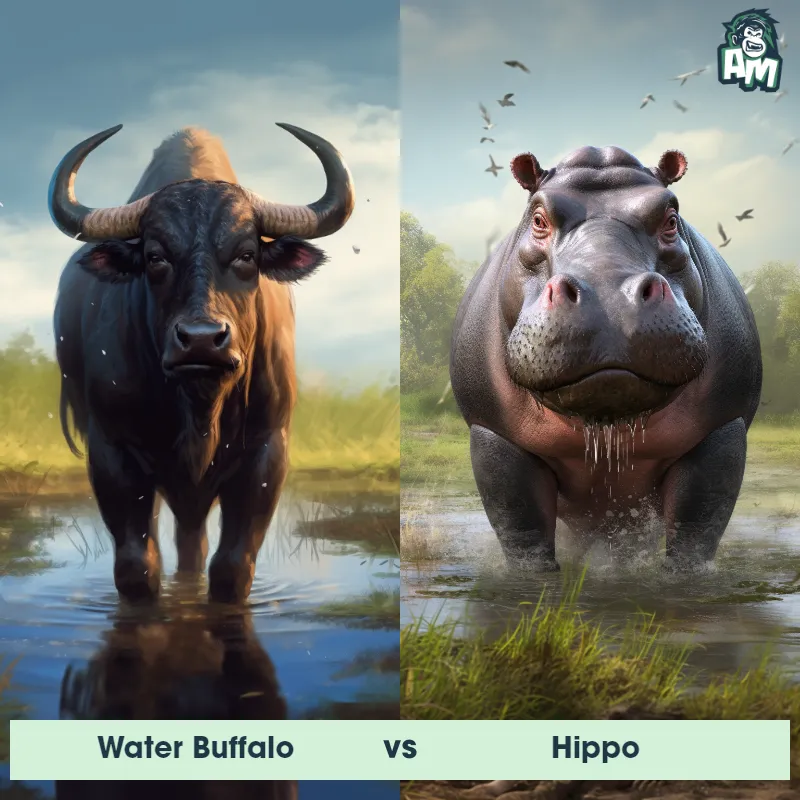Tibetan Wild Ass vs Cape BuffaloSee Who Wins

Welcome, ladies and gentlemen, to this epic showdown between a Tibetan Wild Ass and a Cape Buffalo! Both of these powerful animals are known for their strength and resilience, so we can expect a fierce battle ahead. Let's see which one will come out on top in this three-round fight.
Contender 1: Tibetan Wild Ass
The Tibetan Wild Ass, also known as the kiang, is a species of wild horse native to the Tibetan Plateau. They have a stocky build, measuring approximately 4 to 5 feet tall at the shoulder and weighing around 800 to 900 pounds. These animals have a coarse, brownish-gray coat with a white underbelly and a short, erect mane. They have long, powerful legs adapted for running on rugged terrain, and their large, hooved feet enable them to traverse the challenging landscapes of the high-altitude regions they inhabit. Tibetan Wild Asses have keen senses and are highly adaptable, able to survive in extreme weather conditions and low-oxygen environments.
Fun Fact: Tibetan Wild Asses are incredible long-distance runners, capable of reaching speeds up to 40 miles per hour and sustaining a steady pace for long durations, allowing them to cover vast expanses in search of food and water.
Contender 2: Cape Buffalo
The Cape Buffalo, also known as the African Buffalo, is a large and powerful bovine species found in sub-Saharan Africa. They have a stocky build, with a broad chest and powerful legs, and can weigh up to 1,000 kg. Their coat is dark brown or black, and they have large, curved horns that can span up to 1.5 meters. Cape Buffalos are known for their aggressive behavior and are considered one of the most dangerous animals in Africa.
Fun Fact: Cape Buffalos have a reputation for being one of the "Big Five" game animals, along with lions, leopards, elephants, and rhinoceroses.
Matchup Stats
| Tibetan Wild Ass | Cape Buffalo | |
|---|---|---|
| Size | 4 to 5 feet (1.2 to 1.5 meters) at shoulder | Height at shoulder: 1.0-1.7 meters (3.3-5.6 feet); Length: 1.7-3.4 meters (5.6-11.2 feet) |
| Weight | 800 to 900 pounds (363 to 408 kilograms) | 500-1,000 kg (1,100-2,200 lbs) |
| Speed | 40mph (64km/h) | Speed: 35 mph (56 km/hr) |
| Key Strength | Speed and agility | Powerful charge and sharp horns |
| Biggest Weakness | Lack of physical aggression | Poor eyesight and slow movement |
Current Votes
Tibetan Wild Ass vs Cape Buffalo
See Who Wins
View More Matches
Looking For More?
Similar Matches
Scientific Stats
| Tibetan Wild Ass | Cape Buffalo | |
|---|---|---|
| Scientific Name | Equus kiang | Syncerus caffer |
| Family | Equidae | Bovidae |
| Habitat | Open grasslands and semi-desert regions | Grasslands, savannas, and forests |
| Geography | Tibetan Plateau | Sub-Saharan Africa |
| Diet | Herbivorous, primarily grasses | Herbivorous, feeding on grasses, leaves, and other vegetation |
| Lifespan | 15 years - 20 years | 15 years - 25 years |
Key Differences between Tibetan Wild Ass and Cape Buffalo
- Color: The Cape buffalo is dark brown to black in color, while the Tibetan wild ass is typically light brown with a white underbelly.
- Size: The Cape buffalo is significantly larger than the Tibetan wild ass, with the former reaching heights of up to 6.2 feet at the shoulder, while the latter only stands at around 4.4 feet.
- Behavior: The Cape buffalo is known for its aggressive nature and tendency to charge when threatened, while the Tibetan wild ass is more elusive and typically avoids confrontation.
- Body shape: The Cape buffalo has a robust body with a distinct hump on its back, whereas the Tibetan wild ass has a more slender and sleek body without a hump.
- Habitat: The Cape buffalo is primarily found in sub-Saharan Africa in grasslands and savannas, while the Tibetan wild ass inhabits the alpine meadows and steppes of the Tibetan Plateau.
- Horns: The Cape buffalo has large, curved horns that meet in the middle, forming a continuous shield-like structure, whereas the Tibetan wild ass has slender, slightly curved horns that point backwards.



